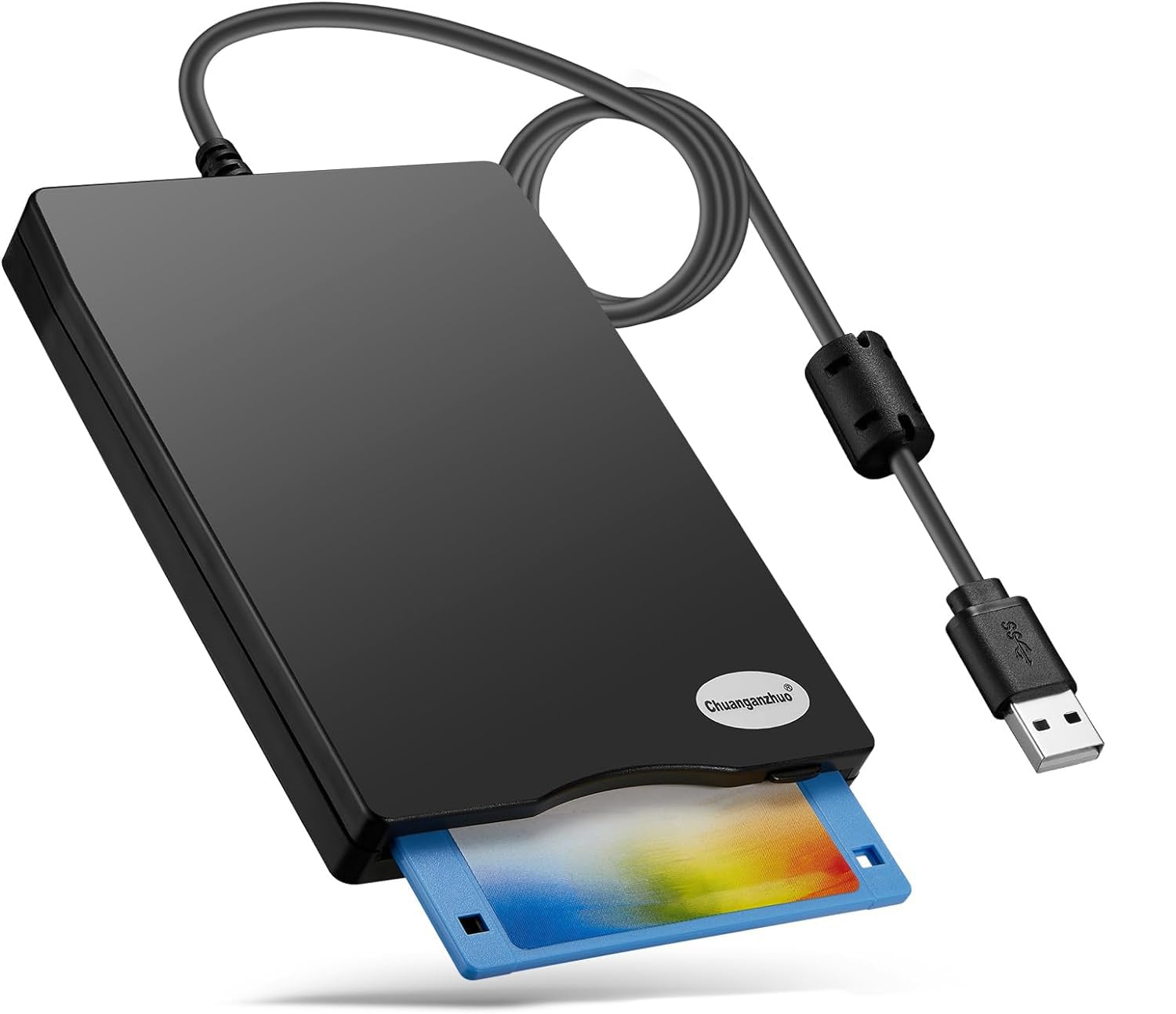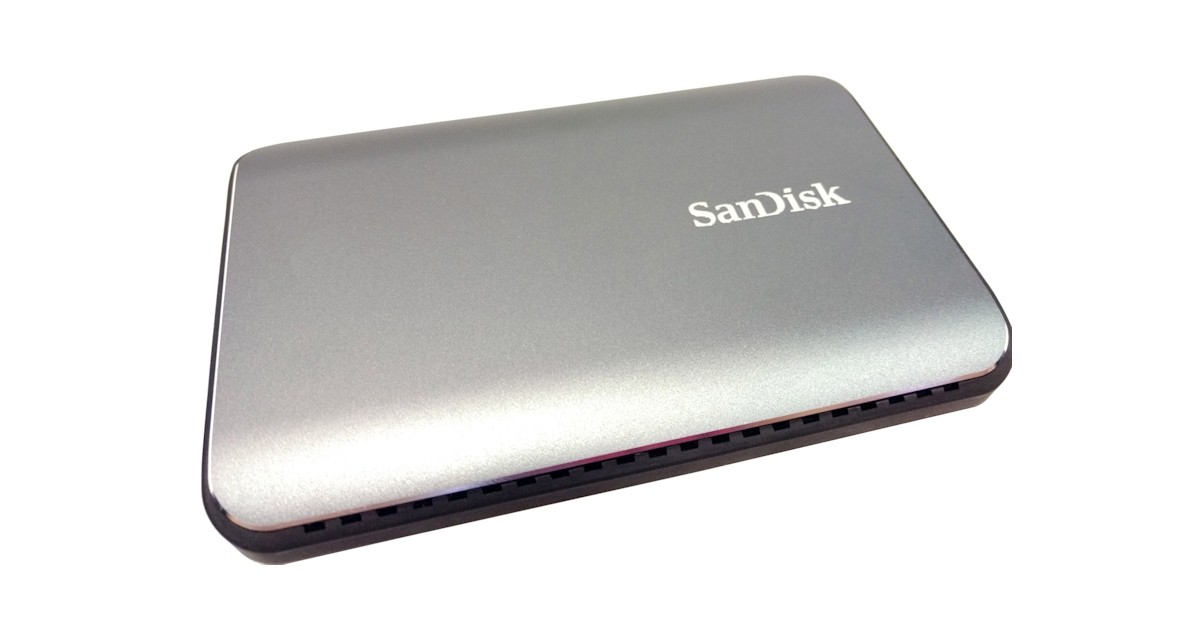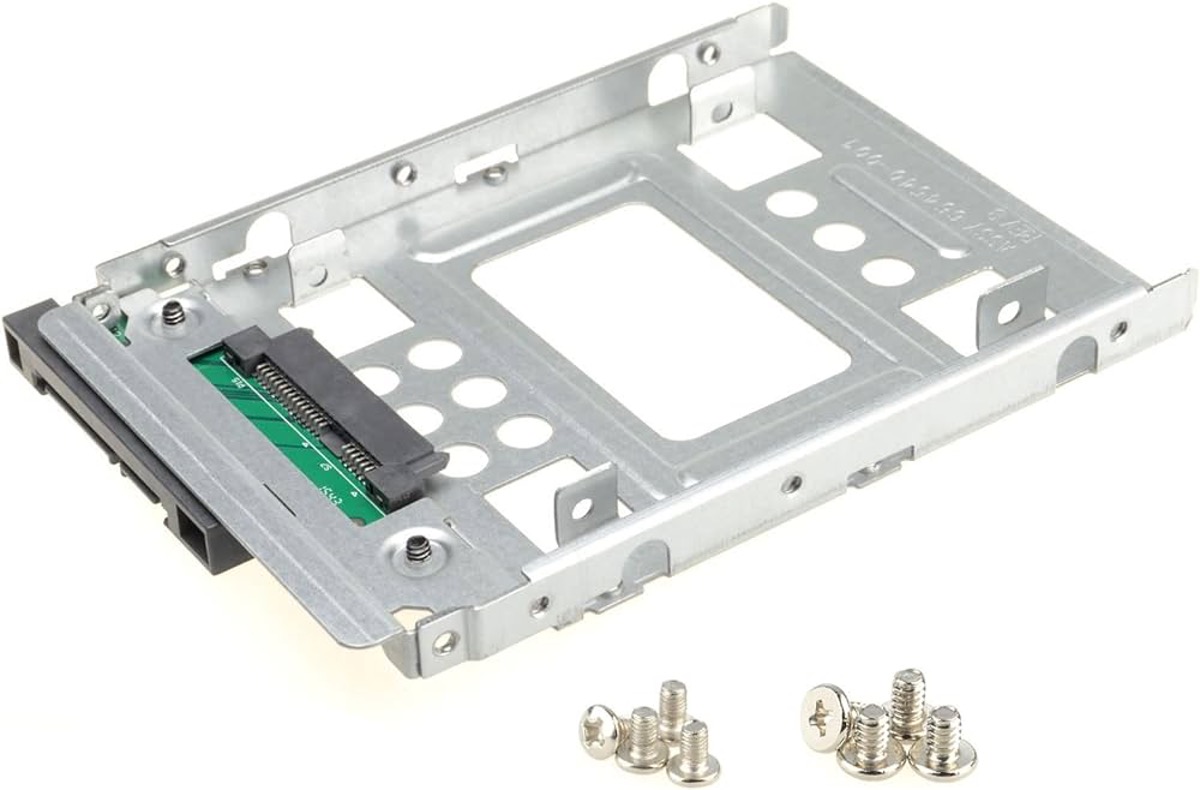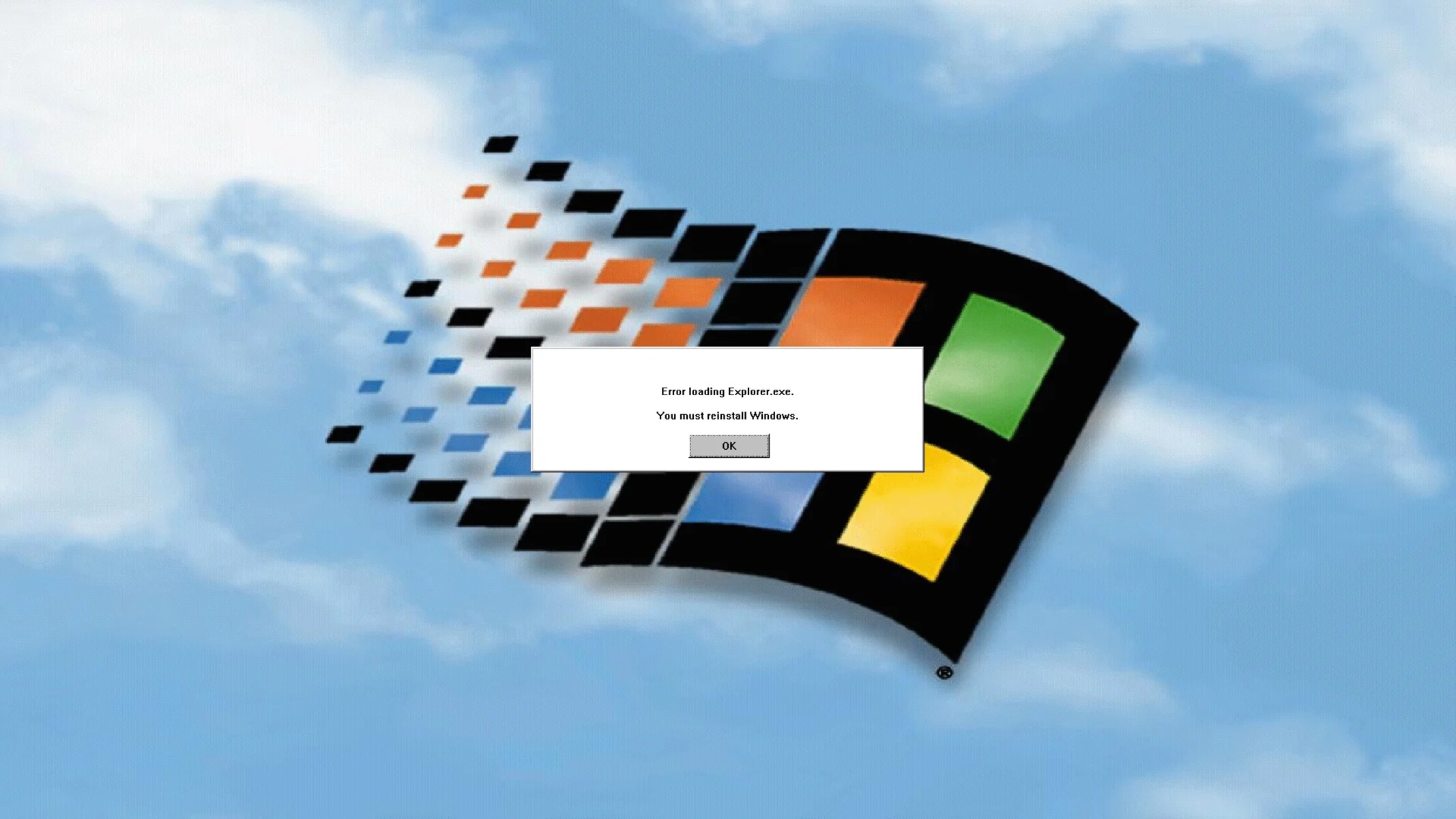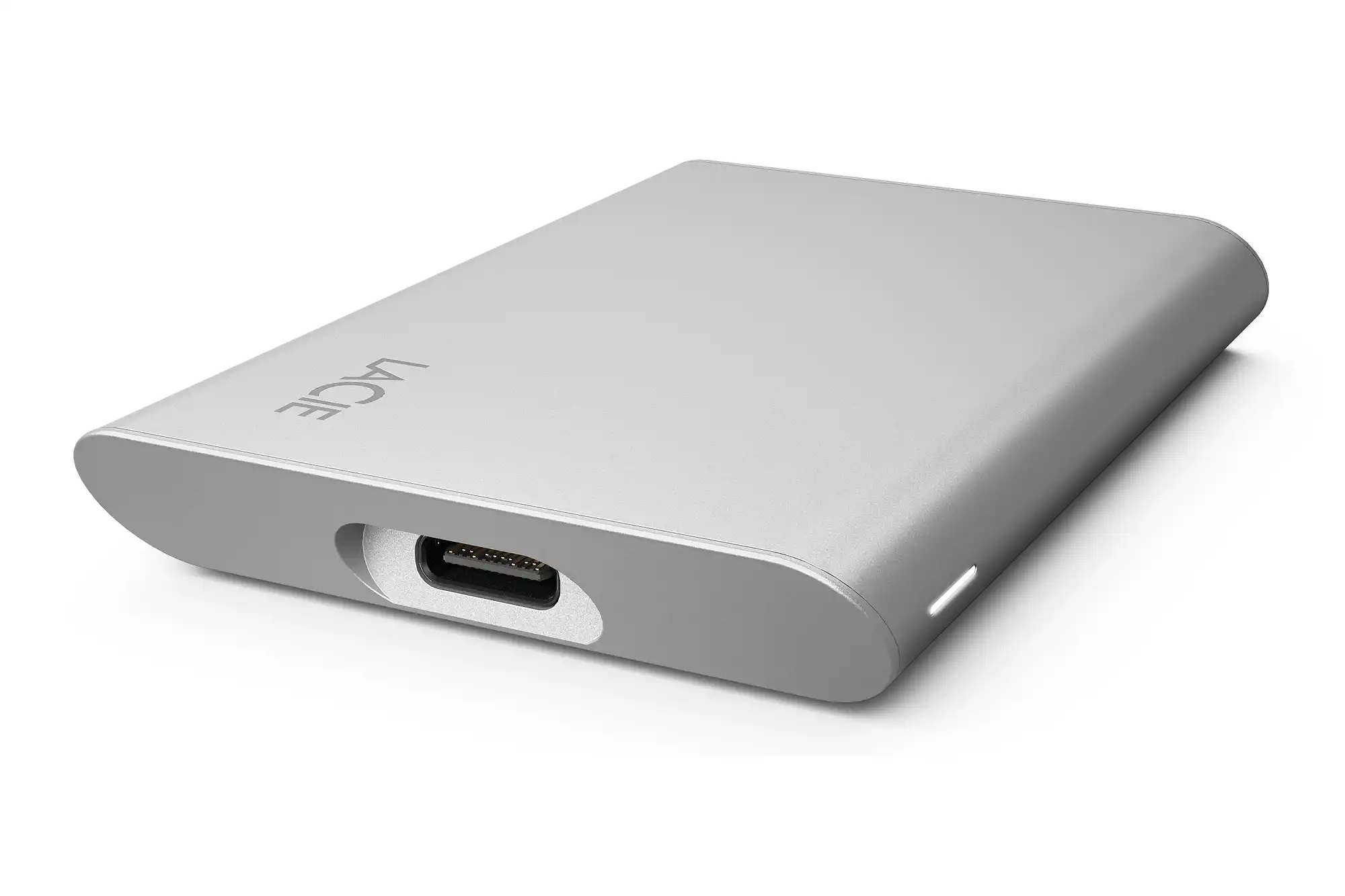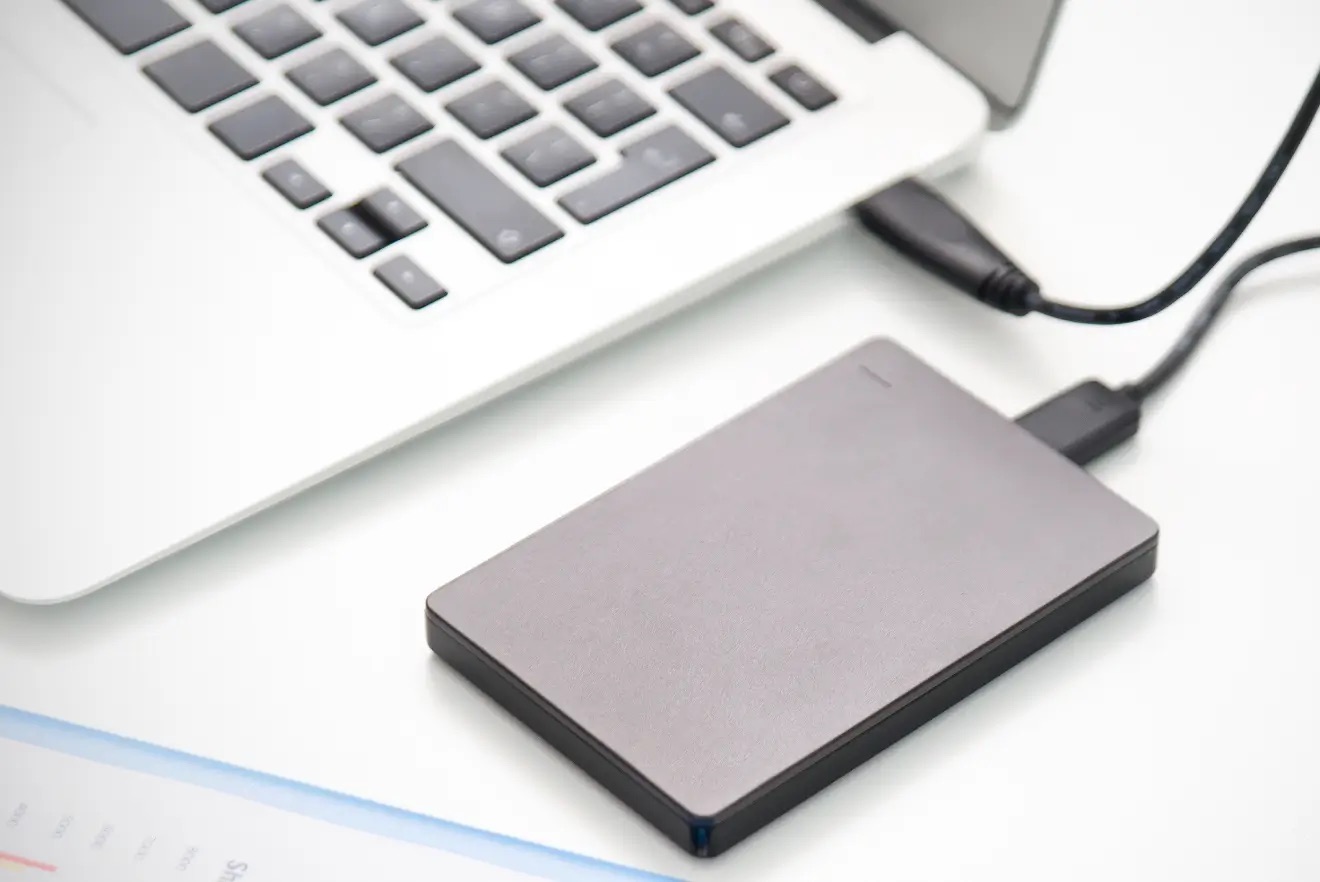Introduction
Welcome to the world of Windows 98 – an operating system that revolutionized the way we interact with computers. One of the key components of Windows 98 is the hard disk drive, a vital piece of hardware that stores and retrieves your data. Whether you are new to Windows 98 or an experienced user, understanding the role and functionality of the hard disk drive is essential for optimizing your computer’s performance.
At its core, the hard disk drive is a non-volatile storage device that allows you to store and access a variety of files, including documents, photos, videos, and software programs. It serves as the primary storage medium for your operating system, applications, and personal files.
In this article, we will explore the ins and outs of the hard disk drive in Windows 98, from how it works to its essential role in this iconic operating system. We will also delve into the benefits of using a hard disk drive, common issues you may encounter, and troubleshooting tips to keep your hard disk drive running smoothly.
Whether you are a nostalgia enthusiast looking to relive the early days of computing or a Windows 98 aficionado seeking tips and tricks, this article will provide you with a comprehensive understanding of the hard disk drive in Windows 98.
So, let’s dive in and explore the fascinating world of the hard disk drive in Windows 98!
What is a Hard Disk Drive?
A hard disk drive, often referred to as a hard drive or HDD, is a crucial component of a computer’s storage system. It is a non-volatile data storage device that stores and retrieves digital information using magnetic storage and rotating platters. From the operating system to your personal files, the hard disk drive houses and allows access to all your data.
The primary function of a hard disk drive is to store and retrieve data quickly and efficiently. It is composed of one or more magnetic disks called platters, which spin at high speeds while an actuator arm reads and writes data on the surfaces of these platters. Each platter is coated with a magnetic material that can be magnetized to represent binary data in the form of zeros and ones. These magnetized areas are then interpreted by the computer as digital information.
Hard disk drives come in different capacities, typically measured in gigabytes (GB) or terabytes (TB), indicating the amount of data that can be stored on the drive. The larger the capacity, the more data can be stored, including the operating system, software applications, and personal files like documents, photos, videos, and music.
Hard disk drives have evolved over the years, with advancements in technology leading to increased storage capacities, faster read/write speeds, and improved reliability. They have become essential components in personal computers, laptops, servers, and other devices that require extensive data storage.
In summary, a hard disk drive is a data storage device that utilizes magnetic storage and rotating platters to store and retrieve digital information. It is a fundamental component of any computer system, providing the means to store and access both the operating system and user data efficiently and reliably.
How Does a Hard Disk Drive Work?
Understanding how a hard disk drive works is essential in grasping its functionality and capabilities. The intricate workings of a hard disk drive involve several components working together harmoniously to store and retrieve data efficiently.
The primary components of a hard disk drive include:
- Platters: These are circular disks coated with a magnetic material. Typically made of aluminum or glass, they are stacked on top of each other and rotate at high speeds.
- Read/Write Heads: Positioned on each side of the platters, these heads are responsible for reading and writing data onto the surfaces of the platters. They move across the platters using an actuator arm.
- Actuator Arm: This mechanical component positions the read/write heads over the appropriate location on the platters to read or write data.
- Spindle Motor: The spindle motor is responsible for spinning the platters at a constant speed. Common speeds include 5400 RPM, 7200 RPM, and 10,000 RPM.
- Controller: The controller manages the flow of data between the computer’s motherboard and the hard disk drive. It ensures data integrity and efficiency in data transfers.
When you save a file or install a program, the data is written onto the platters in the form of magnetic charges. Binary code, consisting of ones and zeros, is used to represent and interpret the data. The read/write heads, controlled by the actuator arm, move across the surfaces of the spinning platters and read or write data by detecting the magnetic charges.
When you retrieve data from the hard disk drive, the process is reversed. The read/write heads locate the specific location on the platters where the data is stored, and the information is sent to the computer for processing.
It’s crucial to note that the speed at which data is accessed on a hard disk drive depends on various factors, including the rotational speed of the platters and the position of the read/write heads. These factors, along with the data’s physical location on the platters, affect the overall performance of the hard disk drive.
Overall, the complex interplay between the platters, read/write heads, actuator arm, spindle motor, and controller enables a hard disk drive to store and retrieve data efficiently, making it an indispensable element of any computer system.
The Role of a Hard Disk Drive in Windows 98
The hard disk drive plays a fundamental role in the operation of the Windows 98 operating system. It serves as the primary storage medium for the operating system files, software applications, and user data, making it an essential component for the seamless functioning of Windows 98.
Windows 98 utilizes the hard disk drive to boot up the system, load the operating system files into memory, and provide a platform for running various applications. When you start your computer, the BIOS (Basic Input/Output System) performs a power-on self-test and then reads the necessary startup instructions from the hard disk drive. These instructions initiate the boot process, loading the Windows 98 operating system into memory.
Once Windows 98 is loaded, the hard disk drive continues to play a critical role in providing access to system files, device drivers, and software applications. It serves as the storage location for the Windows system files, which are vital for the OS to function properly. These system files include the registry, DLLs (Dynamic Link Libraries), executables, and configuration files.
In addition to the operating system files, the hard disk drive is where you store your personal data, such as documents, photos, videos, and music. Windows 98 provides a file management system that organizes the user’s files and ensures their proper storage and retrieval. The hard disk drive provides the necessary space and structure for storing and accessing these user data files.
Furthermore, the hard disk drive in Windows 98 enables the virtual memory function of the operating system. Virtual memory utilizes a portion of the hard disk drive to supplement the computer’s RAM (Random Access Memory) when the system requires more memory than physically available. It helps optimize system performance by allowing the OS to use the hard disk drive as a temporary storage location for data that doesn’t fit into the physical memory.
In summary, the hard disk drive in Windows 98 plays a crucial role in storing and retrieving the operating system files, software applications, and user data. It serves as the backbone of the operating system, enabling the boot process, providing access to system files, and acting as a storage location for user data and virtual memory. Without the hard disk drive, Windows 98 would not be able to function effectively and deliver a seamless computing experience.
Benefits of Using a Hard Disk Drive in Windows 98
Using a hard disk drive in Windows 98 brings numerous benefits that contribute to the overall functionality and efficiency of the operating system. Let’s explore some of the key advantages of utilizing a hard disk drive in Windows 98.
1. Ample Storage Capacity: A hard disk drive offers a large storage capacity, allowing users to store a significant amount of data, including the operating system, software applications, and personal files. This ensures that users have plenty of space to store their documents, photos, videos, and music.
2. Fast Data Access: Hard disk drives offer quick access to stored data, allowing Windows 98 to load files and applications swiftly. The spinning platters and read/write heads work together to read and write data at a high speed, minimizing load times and providing a responsive computing experience.
3. Versatility: Hard disk drives are versatile storage devices that can be easily partitioned into multiple drives or volumes. This allows users to organize data more efficiently, segregating the operating system files from personal data and facilitating easy backups or system maintenance.
4. Compatibility: Hard disk drives are compatible with a wide range of devices and are supported by Windows 98 without any compatibility issues. Whether it’s a desktop computer, laptop, or server, a hard disk drive can seamlessly integrate with the Windows 98 operating system.
5. Storage Reliability: Hard disk drives are known for their reliability and durability. With proper maintenance and regular backups, they can provide long-term storage for important files and data without the risk of data loss or corruption.
6. Cost-Effectiveness: Hard disk drives are a cost-effective storage solution compared to alternatives like solid-state drives (SSDs). They offer a greater storage capacity at a lower price per gigabyte, making them a favorable choice for users who require ample storage without breaking the bank.
7. Easy Upgrades and Expansion: Hard disk drives allow for easy upgrades and expansion. If you need more storage space, you can simply replace your existing hard drive with a higher capacity one or add an additional hard drive to your system.
In summary, using a hard disk drive in Windows 98 provides ample storage capacity, fast data access, versatility, compatibility, storage reliability, cost-effectiveness, and easy upgrades and expansion. These benefits contribute to a seamless user experience and ensure the efficient functioning of the operating system.
Common Issues with Hard Disk Drives in Windows 98
While hard disk drives are essential components of Windows 98, they can experience certain issues that may impact their performance or lead to data loss. Being aware of these common issues can help users troubleshoot and resolve problems effectively. Let’s explore some of the frequent issues encountered with hard disk drives in Windows 98.
1. Data Corruption: Data corruption can occur due to various factors such as power outages, improper system shutdowns, hardware malfunctions, or software conflicts. This can result in file errors, data loss, or system instability. Regular backups and utilizing reliable power sources can help mitigate the risk of data corruption.
2. Bad Sectors: Hard disk drives can develop bad sectors over time, where small portions of the disk become physically damaged or unreadable. This can lead to data loss or system crashes. Running disk scanning and repair tools, such as ScanDisk or CHKDSK, can help identify and fix bad sectors.
3. Disk Fragmentation: Over time, files on the hard disk drive can become fragmented, meaning they are stored in scattered pieces rather than in contiguous blocks. This can slow down file access and overall system performance. Running the Disk Defragmenter utility in Windows 98 can help reorganize the files and improve disk performance.
4. Disk Errors: Windows 98 may encounter disk errors, such as cyclic redundancy check (CRC) errors or disk read/write errors. These errors can lead to data loss or system instability. Running disk diagnostic tools, such as the scandisk or disk error-checking utility, can help identify and fix these errors.
5. Hard Drive Failure: Like any mechanical component, hard disk drives can fail due to mechanical or electronic issues. Signs of a failing hard drive include unusual noises, slow performance, frequent system crashes, or failure to boot. Regularly backing up important data and monitoring the health of the hard drive using SMART (Self-Monitoring, Analysis, and Reporting Technology) tools can help detect potential failures.
6. Incompatibility: In some cases, certain hard disk drives may be incompatible with Windows 98 due to hardware or firmware limitations. It is essential to ensure compatibility when choosing or installing a new hard drive in a Windows 98 system.
7. Driver Issues: Outdated or incompatible hard drive drivers can cause issues in Windows 98. It is important to keep the drivers up-to-date or use generic drivers provided by Windows 98 if specific drivers are not available.
Overall, understanding and addressing common issues with hard disk drives in Windows 98 can help ensure their optimal performance, prevent data loss, and prolong the lifespan of the storage device.
Troubleshooting Hard Disk Drive Problems in Windows 98
Encountering problems with your hard disk drive in Windows 98 can be frustrating, but with the right troubleshooting techniques, you can resolve many issues and restore your system’s functionality. Here are some troubleshooting steps to help diagnose and resolve common hard disk drive problems in Windows 98.
1. Check Connections: Ensure that all cables connecting the hard disk drive to the motherboard or interface card are securely connected. Loose or faulty connections can cause the drive to be unrecognized or perform poorly.
2. Verify Power Supply: Make sure that the hard disk drive is receiving adequate power from the power supply unit. Faulty power supply connections can cause intermittent drive failures or prevent the drive from functioning altogether.
3. Run Disk Diagnostic Tools: Use disk diagnostic tools like ScanDisk or CHKDSK to check for errors on the hard disk drive. These utilities can identify and fix any file system or disk errors that may be causing issues.
4. Check for Bad Sectors: Run a surface scan using a disk utility to identify and mark any bad sectors on the hard disk drive. This helps to prevent data corruption and can prevent further issues from arising.
5. Perform a Virus Scan: Run a reputable antivirus program to scan the hard disk drive for viruses and malware. Viruses can cause data corruption, system instability, and performance issues. Cleaning the drive of any infections can help restore its functionality.
6. Update Drivers: Ensure that you have the latest drivers for your hard disk drive. Visit the manufacturer’s website to download and install the appropriate drivers for your specific drive model.
7. Defragment the Drive: Use the Disk Defragmenter utility in Windows 98 to defragment the hard disk drive. This process rearranges files so they occupy contiguous space, improving access times and overall system performance.
8. Check for Hardware Conflicts: Verify that there are no hardware conflicts or resource allocation issues between the hard disk drive and other components in the system. Use the Device Manager in Windows 98 to check for any conflicts and resolve them accordingly.
9. Test with a Different Cable: If possible, try using a different data cable for the hard disk drive. Faulty cables can cause connectivity issues and data transfer problems.
10. Backup Important Data: If you continue to experience persistent issues with your hard disk drive, it is advisable to backup any important data to prevent potential data loss. Consider replacing the drive if it is showing signs of failure.
By following these troubleshooting steps, you can effectively diagnose and resolve many common hard disk drive problems in Windows 98. However, in case of severe hardware issues or extensive data corruption, it may be necessary to seek professional assistance or consider replacing the drive.
Tips for Maintaining a Hard Disk Drive in Windows 98
Maintaining your hard disk drive in Windows 98 is crucial for optimal performance, longevity, and data integrity. By following these tips, you can ensure that your hard disk drive remains in good condition and continues to serve you well:
1. Regularly Clean Your System: Keep your computer system clean from dust and debris by using compressed air or a soft brush to clean the exterior and interior parts of your computer. Dust accumulation can affect the cooling system and potentially cause heat-related issues for the hard disk drive.
2. Keep Your Operating System Updated: Install Windows 98 updates and patches regularly to ensure that your operating system is running smoothly. Updates often include bug fixes, security enhancements, and performance improvements that can positively impact your hard disk drive’s performance.
3. Use Uninterruptible Power Supply (UPS): Invest in a UPS to protect your computer and hard disk drive from sudden power surges and outages. Power fluctuations can lead to data corruption or damage the hard disk drive. A UPS provides backup power, allowing you to safely shut down your system in the event of a power failure.
4. Perform Regular Disk Maintenance: Use the built-in Windows 98 utilities like ScanDisk and Disk Defragmenter to regularly check your hard disk drive for errors and fragmented files. Running these utilities helps maintain the health and efficiency of your hard disk drive.
5. Practice Safe Data Handling: Avoid abrupt system shutdowns or power interruptions when your hard disk drive is actively reading or writing data. Improper shutdowns can lead to data corruption or even physical damage to the drive. Always use the proper shut down procedures to ensure safe data handling.
6. Be Mindful of Temperature: Keep your computer in a well-ventilated area and monitor the temperature inside the system. Excessive heat can shorten the lifespan of your hard disk drive. Consider using additional cooling solutions, such as fans or liquid cooling, if your system runs hot.
7. Implement a Backup Strategy: Create regular backups of your important files and data. Consider using external storage devices or cloud-based backup services to protect your data from accidental deletion, hard drive failure, or other unforeseen circumstances.
8. Avoid Overloading the Drive: Avoid filling your hard disk drive to its maximum capacity. Leaving some free space allows the operating system to work more efficiently and reduces the risk of file fragmentation. Aim to keep at least 10-15% of the total drive capacity free for optimal performance.
9. Monitor SMART Data: Use SMART (Self-Monitoring, Analysis, and Reporting Technology) tools to monitor the health and performance of your hard disk drive. SMART can provide early warnings of potential issues, such as excessive bad sectors or drive failure signs.
10. Handle with Care: Handle your hard disk drive with care, especially when installing or removing it from the computer. Avoid dropping or exposing it to physical shocks that can damage the internal components.
By following these maintenance tips, you can help keep your hard disk drive in Windows 98 in excellent condition, minimize data loss risks, and extend its lifespan.
Conclusion
The hard disk drive is an indispensable component of Windows 98, serving as the primary storage medium for the operating system, software applications, and user data. Understanding the role and functionality of the hard disk drive is paramount in optimizing performance and ensuring a seamless computing experience.
In this article, we explored what a hard disk drive is and how it works, delving into its critical role in Windows 98. We discussed the benefits of using a hard disk drive, such as ample storage capacity, fast data access, versatility, compatibility, reliability, cost-effectiveness, and easy upgrades and expansion. However, we also acknowledged the common issues that users may encounter, including data corruption, bad sectors, disk fragmentation, disk errors, hard drive failure, incompatibility, and driver issues.
To help users troubleshoot and resolve hard disk drive problems in Windows 98, we provided valuable tips, such as checking connections, running disk diagnostic tools, performing virus scans, updating drivers, and maintaining proper system hygiene. We also highlighted the importance of regularly cleaning the system, keeping the operating system updated, using an uninterruptible power supply, practicing safe data handling, monitoring temperature, implementing a backup strategy, avoiding overloading the drive, monitoring SMART data, and handling the drive with care.
By implementing these tips and best practices, users can maintain the health of their hard disk drives, enhance performance, and prolong the lifespan of their storage devices.
In conclusion, the hard disk drive is an integral part of Windows 98, providing unparalleled storage capabilities and seamless data access. Understanding its functionality, addressing common issues, and practicing regular maintenance are essential for harnessing the full potential of the hard disk drive in Windows 98 and enjoying a reliable and efficient computing experience.







